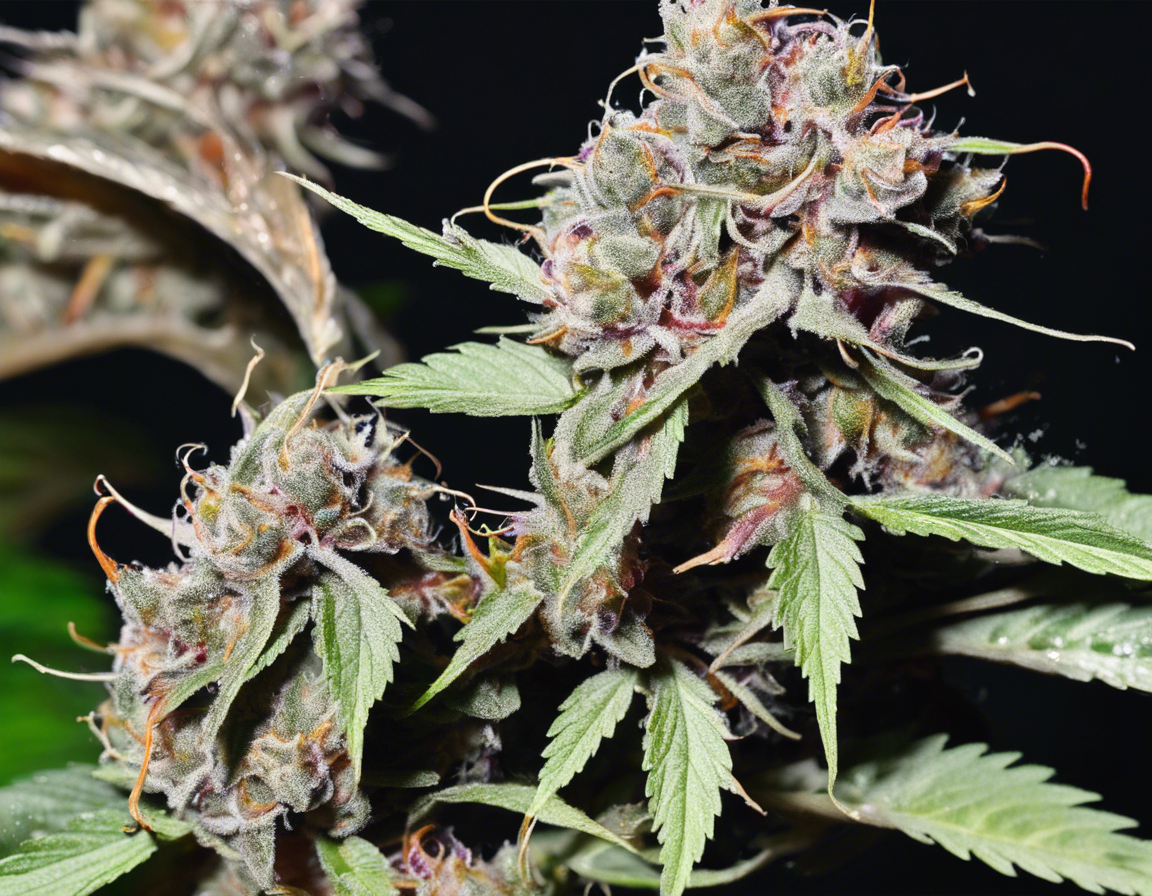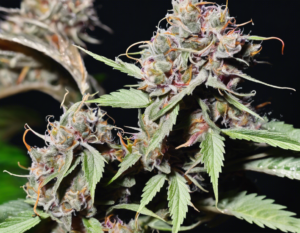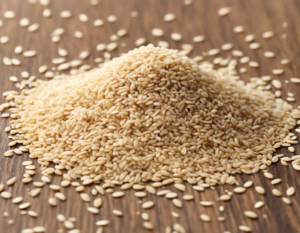Unraveling the Mysteries of the Medusa Strain
Introduction
The Medusa Strain, a term that sounds like it has been borrowed from a science fiction novel, actually refers to a real-life phenomenon that has puzzled scientists and researchers for years. This enigmatic strain of bacteria has garnered significant interest due to its unique characteristics and potential impact on various ecosystems. In this article, we will delve into the mysteries surrounding the Medusa Strain, exploring its origins, behavior, and implications for the environment and beyond.
What is the Medusa Strain?
The Medusa Strain is a type of bacteria known for its distinct morphology resembling the mythical creature Medusa, with long, filamentous appendages that branch out in all directions. These intricate structures set it apart from other bacteria and have led to its classification as a unique strain with intriguing capabilities.
Discovery and Origins
The Medusa Strain was first discovered in deep-sea hydrothermal vents, a harsh and extreme environment that hosts a diverse range of microbial life. Scientists collected samples from these vents and were astounded to find colonies of bacteria exhibiting the Medusa-like morphology. Further research revealed that this strain has adapted to thrive in the high-temperature, high-pressure conditions of the deep sea.
Unique Characteristics
One of the most striking features of the Medusa Strain is its adaptability to extreme environments. This resilience allows it to survive in conditions that would be inhospitable to many other forms of life. Additionally, the intricate filamentous structures of the bacteria serve various functions, including nutrient acquisition, movement, and possibly communication with other bacteria.
Behavior and Reproduction
Studies on the behavior of the Medusa Strain have shown that it exhibits unique patterns of movement and interaction within its colonies. Researchers have observed coordinated movements that suggest a form of collective behavior, akin to swarming seen in other bacterial species. Reproduction of the Medusa Strain is also a topic of interest, as its complex morphology raises questions about the mechanisms involved in cell division and growth.
Ecological Impact
The presence of the Medusa Strain in deep-sea ecosystems raises questions about its ecological impact. As a pioneer species in extreme environments, it plays a crucial role in shaping microbial communities and contributing to nutrient cycling. Understanding how the Medusa Strain interacts with its environment can provide valuable insights into the dynamics of deep-sea ecosystems and the adaptations of extremophilic organisms.
Implications for Biotechnology
The unique characteristics of the Medusa Strain have piqued the interest of the biotechnology industry. Researchers are exploring the potential applications of its adaptability and complex morphology in various fields, such as bioengineering, bioremediation, and drug discovery. By harnessing the unique traits of this strain, scientists aim to develop innovative solutions for environmental and health challenges.
Challenges and Future Research
Despite advancements in understanding the Medusa Strain, many questions remain unanswered. Researchers face challenges in studying its complex biology, reproduction, and interactions with other organisms. Future research efforts will likely focus on unraveling the genetic makeup of the strain, deciphering its evolutionary history, and exploring its potential for biotechnological applications.
FAQs
1. What makes the Medusa Strain unique?
The Medusa Strain is distinguished by its filamentous appendages and adaptability to extreme environments, setting it apart from other bacteria.
2. Where is the Medusa Strain found?
The Medusa Strain is commonly found in deep-sea hydrothermal vents, but its presence in other environments cannot be ruled out.
3. What role does the Medusa Strain play in ecosystems?
The Medusa Strain acts as a pioneer species in extreme environments, influencing microbial communities and nutrient cycling.
4. How is the Medusa Strain being studied for biotechnological applications?
Researchers are exploring the unique traits of the Medusa Strain for potential applications in bioengineering, bioremediation, and drug discovery.
5. What are the challenges in researching the Medusa Strain?
Studying the complex biology, reproduction, and interactions of the Medusa Strain poses significant challenges to researchers and requires interdisciplinary approaches.
In conclusion, the Medusa Strain remains a fascinating subject of study with far-reaching implications for science and technology. By unraveling its mysteries, researchers hope to gain insights that could shape our understanding of microbial life, ecosystem dynamics, and biotechnological innovation.














Post Comment